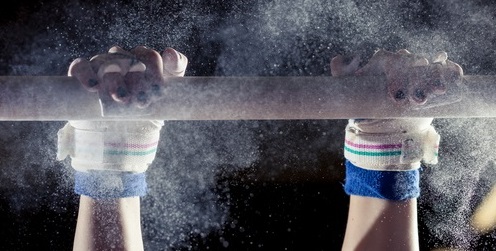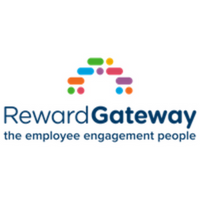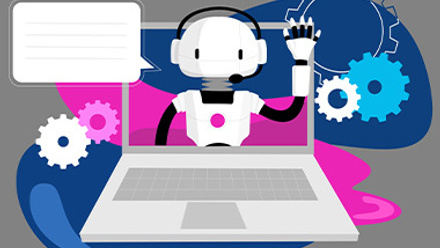3 ways to create a gold medal-winning rewards package

All of the gymnasts from around the world have been amazing, but the ones that have stood out for me have been the American women’s gymnastic team. They not only won the team gold for the second time in a row, but won by the largest margin in history! There’s been a lot written about them, but one article in particular stood out as it talked about how they adjusted their strategy and approach to move from winning sixth place in 1999 to becoming a powerhouse in the gymnastics world today.
There were some key learnings we could take from them and use as we create our reward packages and turn them into something worthy of a medal. Here’s my take on it:
1) Partner with your managers
One of the key changes in the American’s approach was a move from bringing together only the gymnasts to training sessions to bringing both the gymnasts and their individual coaches. What this did was ensure that when the athletes went back to their local gyms they were working in partnership with their coaches on the new skills and the training programme.
There are many roles of a coach, once of which is to support the athlete with their training and their focus. I believe the same is true of managers, who have a key role to play in supporting the effectiveness of our reward programmes, ensuring that the messages and actions occur in-line with our key objectives. I’ve learned over the years that partnership with managers is absolutely critical, and should not be overlooked.
Training Tip: Find ways to partner with your managers, making sure that they are aware of what you are trying to achieve and how you plan on getting there, working together to achieve them.
2) Pull together your best team
It’s great to have a lot of talented athletes, but if the team is going to win, it needs to be composed of the ‘right’ athletes, ones that complement each other to achieve the highest level of success. The Americans were very strategic in how they put together their team, bringing in not only all rounders (so those that are good on all equipment) but specialists in equipment where they felt weakest and thus more vulnerable. This ensured that they had strength on all equipment, setting the team up for their ultimate success.
What this shows us is that it’s important to create a rewards package that will be successful on all equipment, which for us translates into each and every employee group. Ask yourself, do I need a ‘specialist’ benefit to appeal to a certain group, or are our benefits all rounders, so good for everyone? Think not just of the individual reward programmes, but how they form together to make the best ‘team’, pulling together the best package for your employees.
Training Tip: Map out your reward programmes and make sure that they give you the line-up you need to achieve success.
3) Be yourself
One of the things I absolutely loved about the American team was that they didn’t try to be like anyone else, both in the routines they performed and how they behaved. You could see their personalities shining through, and I think that’s a big part of why they received such high scores.
Like the gymnasts, our reward programmes need to represent who we are as a company and what we are trying to achieve. We’ve all heard the expression that ‘one size doesn’t fit all’, which in gymnastics means that they don’t all do the same routines, and in our rewards world it means that we don’t all put in the same reward programmes.
Training Tip: Let your rewards package represent your company’s personality, letting it shine through to motivate and engage with your employees.
The key to the success of the American women’s gymnastics team began with an idea, an idea to take a step back and do things differently. This is something we can and should consider as we face the challenges we do as we develop our rewards package.
Borrowing from a quote that I’m sure is hanging on the walls of many young gymnasts ‘To reach your goals you need to grab on with both hands.’ So grab on with both hands and go for gold!
Debra Corey is group reward director at Reward Gateway.
This article was provided by Reward Gateway.
Supplied by REBA Associate Member, Reward Gateway
We help the world's leading companies with an employee engagement platform.







